2012
December: Did you know...
...that birds have bones in their tongues? This stunning image of a Waxwing which was sent to us recently demonstrates beautifully the synovial joint present in all birds' tongues. Birds' tongues consist of 5 bones which collectively make up the "hyoid" apparatus. In this image you can clearly see the articulation between the Paraglossale bone, which supports the tip of the tongue and the Basihyal bone supporting the rear part of the tongue. Unlike mammals, birds don't use their tongues for vocalisation so the organ is used only for moving food around.
November
Did you know that a new study shows that Superb Fairy Wren chicks learn to call whilst still in the egg. The learned call is different from nest to nest and is thought to include a single unique note or 'password' so that parents recognise their own brood of youngsters. The call helps to detect foreign nestlings, such as Cuckoos, who do not have time to learn the unique notes as they are in the nest for less time. Read more.
October
Did you know that the fictional character James Bond was named after an American Ornithologist who was a Caribbean bird expert and author of the definitive field guide Birds of the West Indies?
Fleming, a keen birdwatcher himself, who lived in Jamaica at the time, had a copy of Bond's guide and took the author's name for the hero of Casino Royale in 1953. A quote from Ian Fleming in the New Yorker 1962 said ‘When I wrote the first one in 1953, I wanted Bond to be an extremely dull, uninteresting man to whom things happened; I wanted him to be a blunt instrument ... when I was casting around for a name for my protagonist I thought by God, (James Bond) is the dullest name I ever heard’. In the 2002 Bond film Die Another Day, the fictional Bond, played by Pierce Brosnan, can be seen examining Birds of the West Indies in an early scene that takes place in Havana, Cuba.
September
Did you know that at least 58 different species of parrot have been recorded in the wild in Britain since 1995, of which at least six have nested? More species have the potential to become established and naturalised. Observers should beware that not every green parrot with a long tail is a Rose-ringed Parakeet (Also known as a Ring-necked Parakeet)! You can view the the BOU's Catergories E Species here. This contains species recorded as introductions, human-assisted transportees or escapees from captivity, and whose breeding populations (if any) are thought not to be self-sustaining. Escaped non-native birds of any species can and should be recorded for BTO surveys, wherever possible. To see records submitted, take a look at the NBN Gateway. The interacive maps feature can map virtually any taxon by time-period.
August
Did you know that the oldest Blue Tit on record reached the ripe old age of 9 years, 9 months and 2 days, or that a Greenfinch could get into double figures, at 12 years, 8 months and 26 days, and, who would want to be a Goldcrest? The oldest Goldcrest only managed 4 years, 10 months and 9 days. Take a look at the longevity records of a further 216 bird species.
July
Did you know that Dave Leech (Head of Nest Record Scheme at the BTO) and his team have found over 350 Reed Warbler nests so far this year, including 16 parasitised by Cuckoos. In total they have been able to follow the progress of over 1,000 eggs, collecting data that will help us to determine what the impact of this cold, wet season has been on the breeding success
To learn more, listen to Dave on Living World (BBC Radio 4) on 29 July and follow him on Twitter (@rock_nester).
June
Did you know that for the first time ever we have an arrival date and a departure date for a British Cuckoo and now know just how long the British summer was for one of our satellite tagged birds?
Chris arrived back in the UK after a winter in Africa on 1 May 2012 and left again to make his way back to Africa between the 10 and 13 June. He was here for less than six weeks, having taken around eight weeks to get here from Congo.
Our satellite-tagged birds have also helped us to learn an incredible amount of information. Read about what we have learnt so far to find out more.
We will be following him again this year on his way to and from Africa and you can still sponsor him and the other individual birds to help support the project for a minimum donation of £10.
May
Did you know that Treecreepers have stiff tails? As any rock-climber knows, it's a good idea to try to maintain three points of contact at all times when climbing.
In common with woodpeckers, Treecreepers have stiff tail feathers which they can use to provide extra stability when investigating cracks and crevaces on the vertical trunks of trees.
If you are lucky enough to see a Treecreeper in the hand you'll see that these are tiny birds, taking the same size of ring as a Wren or a Goldcrest. The long tail gives an impression of a slightly larger size when viewed in the field. Have a careful feel of the feathers too and you'll see what we mean about the stiff tail.
April
Did you know that birds are able to replace the tiny hairs deep inside their ears that detect pressure waves (sound). Humans can't do this, which is why exposure to loud sounds can damage our hearing.
March
Did you know that spring is the most dangerous time to be an adult, suburban Blackbird?
The probability of dying in April-July is 1 in 5 (21%), compared to 3% in Aug-Nov and 12% in Dec-Mar. This means that over half of the annual mortality occurs at the heart of the breeding season.
Looking in more detail at the paper by Rob Robinson and Jeff & Allison Kew, you find that male mortality is higher than that of females in Dec/Jan, Feb/Mar and Apr/May, with female mortality being higher in Jun/Jul, Aug/Sep and Oct/Nov. Males seem to be at their most vulnerable when setting up and defending territories, while females may well be under greater stress when nesting and feeding chicks. This paper uses data from a ten-year study of colour-ringed birds using Jeff and Allison's Thetford garden.
The analysis was funded by the BTO's Blackbird Appeal. See J. Avian Biol. 41: 83 87, 2010, doi: 10.1111/j.1600-048X.2009.04789.x
February
Did you know that the typical lifespan for a Tawny Owl is four years, however, the oldest known British bird reached twenty-one years, five months and thirteen days. What’s more it spent its entire life in the area it hatched in.
Ringed on 25 May 1967 as a nestling, at Malham Tarn, Yorks, it was found dead on 7 November 1988 at Malham Tarn, Yorks and was recorded as having moved 0km from the site it was previously ringed at. This is fairly typical for Tawny Owls with many birds moving less than 5km from their natal territory. However, movements of over 100km have been recorded for a small number of birds.
We have recently received our first report of a Tawny Owl with chicks this year - 3 of them and 1 egg in Dorset.
Our Tawny Owls are visiting the nest box together more and more, and the female often roosts in the box during daylight hours. See photage of them both at the box.
Take a look at longevity records and the typical lifespan of more British birds.
January
Did you know that several species of birds have been recorded laying their eggs during the winter months?
As we sit at home during the long, dark winter evenings, central heating turned up, spare a thought for birds that will already be sitting on their first clutches of eggs. For the Crossbill, the breeding season could already be well underway as it is stimulated to breed by an abundance of its favourite pine seed food. Closer to home Woodpigeon and Mistle Thrush could also be keeping a clutch of eggs warm in the garden, and, if the weather continues to be generally mild, who knows, the next couple of weeks could see Robin and Song Thrush getting in on the act.

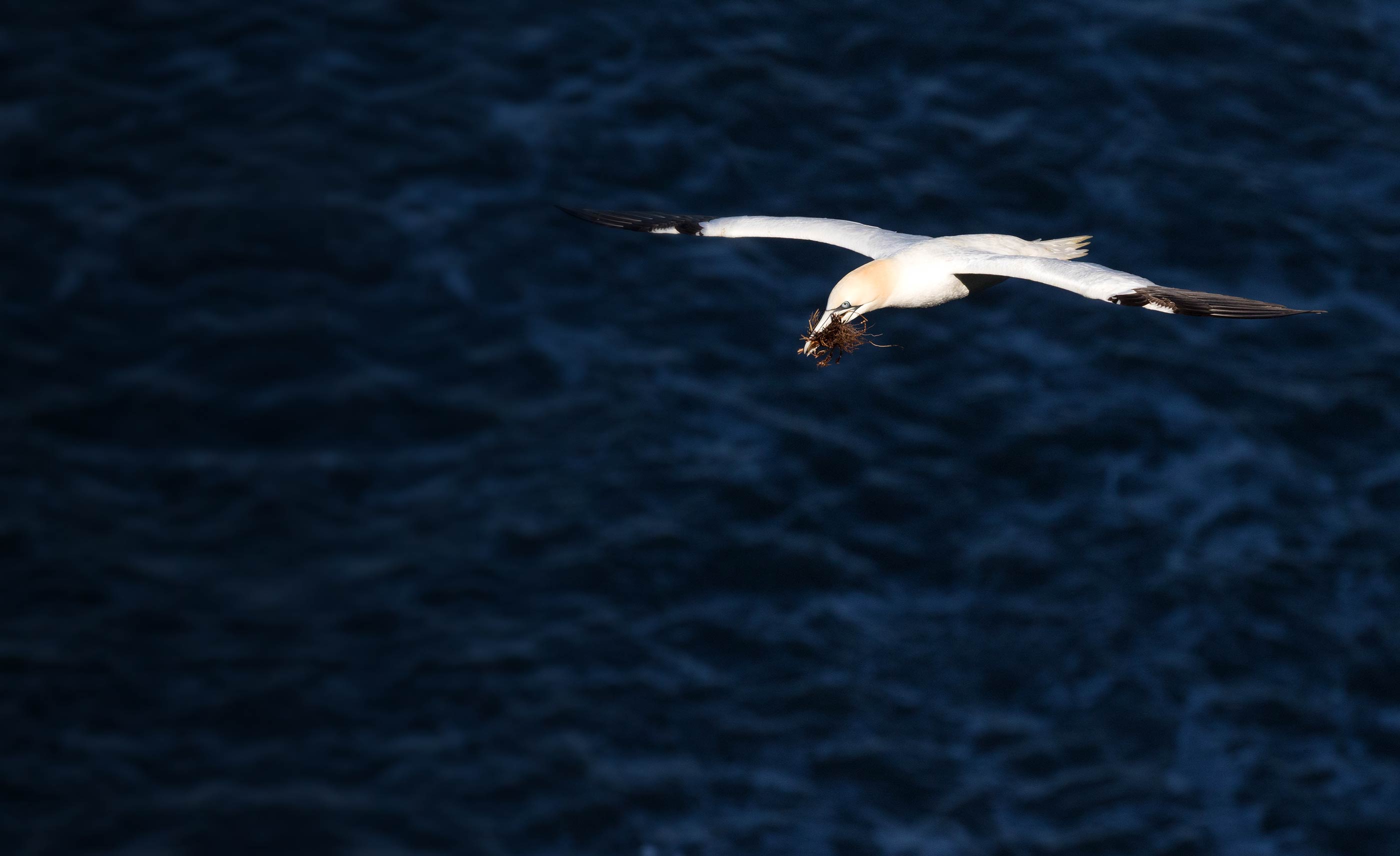
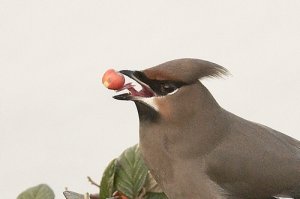
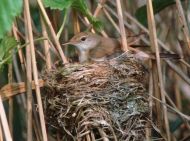
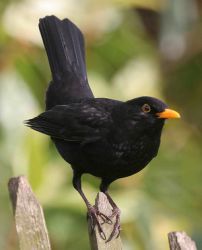
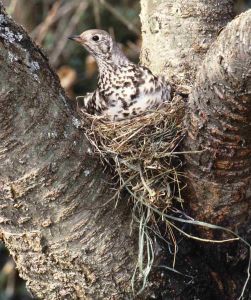




Share this page